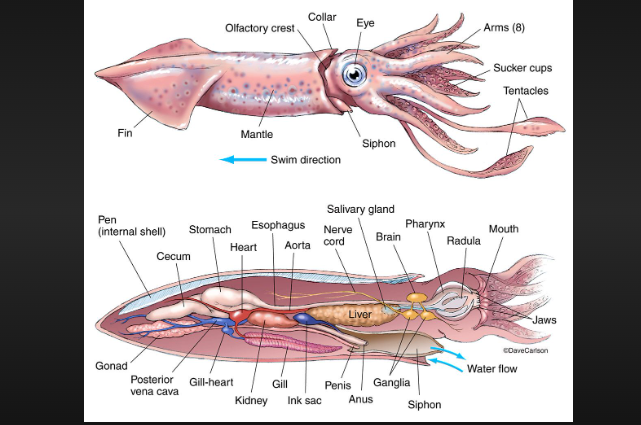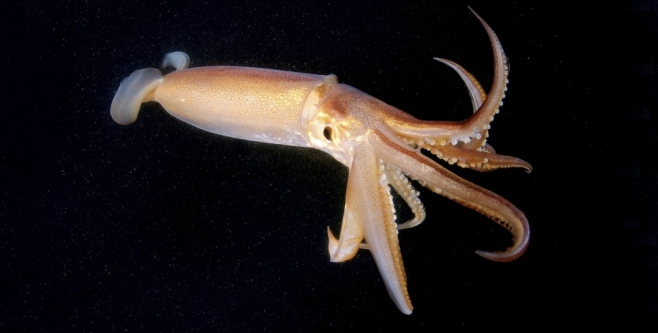"Unveiling the Mystery: How Many Legs Does a Squid Have?"
Squids, the enigmatic creatures of the ocean, have captured the fascination of marine enthusiasts and curious minds alike. One of the intriguing questions that arise when exploring these cephalopods is, "How many legs does a squid have?" In this article, we embark on a journey into the depths of the sea to uncover the truth behind the anatomy of a squid, including its appendages, their functions, and the remarkable adaptations that make squids such remarkable inhabitants of the underwater world.

How many legs does a squid have?
Section 1: The Wonders of Cephalopods
Cephalopods, a group that includes squids, octopuses, and cuttlefish, exhibit extraordinary intelligence and fascinating behaviors.
Their unique anatomical features and behaviors have captivated scientists and enthusiasts for generations.
Section 2: Defining Squid Appendages
To understand how many legs a squid has, we must first define what constitutes a "leg" for these marine creatures.
Squids possess a series of elongated structures known as tentacles and arms, which serve various purposes and contribute to their mobility, feeding, and defense.
Section 3: Tentacles vs. Arms
Squids typically have eight arms and two longer tentacles, resulting in a total of ten appendages.
While the distinction between tentacles and arms might not be immediately clear, their functions and characteristics set them apart in terms of their roles in a squid's daily activities.
Section 4: Grasping and Capturing Prey
Tentacles, characterized by their length and equipped with suction cups, are used primarily for capturing prey.
Their ability to rapidly extend and retract makes them effective tools for ensnaring fish and other small organisms, showcasing the incredible precision of a squid's hunting strategy.
Section 5: Manipulating Objects and Sensing the Environment
Arms, on the other hand, are equipped with powerful suckers along their length and are more versatile in their functions.
They are used for manipulating objects, exploring the environment, and assisting in feeding.
The coordination and flexibility of these arms highlight the adaptability of squids to their underwater habitats.
Section 6: Camouflage and Defense Mechanisms
Squids are known for their remarkable ability to change color and texture, enabling them to blend seamlessly into their surroundings.
This remarkable feat is achieved through specialized skin cells called chromatophores, which are distributed across the tentacles, arms, and body of the squid.
Section 7: Regeneration and Adaptation
In addition to their fascinating appendages, squids also possess the ability to regenerate lost limbs, an evolutionary advantage that contributes to their survival in the dynamic marine environment.
This adaptive feature underscores the resilience of these creatures in the face of challenges.

The Squid
The question of "How many legs does a squid have?" reveals the intricate and multifaceted nature of these captivating cephalopods. With their eight arms and two tentacles, squids demonstrate a remarkable array of adaptations that enable them to thrive in the ocean's depths. Their ability to manipulate, grasp, camouflage, and regenerate showcases the ingenuity of nature's designs, making squids a true marvel of underwater evolution that continues to inspire scientific exploration and awe in all who study them.